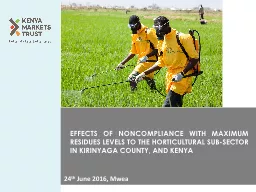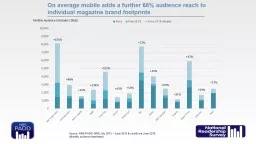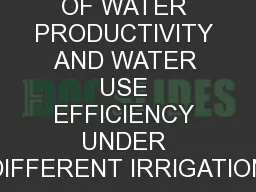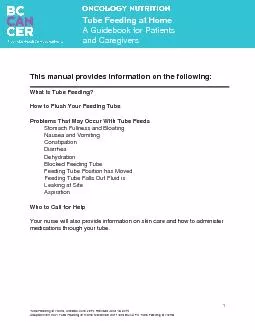PPT-24 th June 2016, Mwea EFFECTS
Author : calandra-battersby | Published Date : 2018-03-12
OF NONCOMPLIANCE WITH MAXIMUM RESIDUES LEVELS TO THE HORTICULTURAL SUBSECTOR IN KIRINYAGA COUNTY AND KENYA Agriculture Sector Key Insights Contributes 25
Presentation Embed Code
Download Presentation
Download Presentation The PPT/PDF document "24 th June 2016, Mwea EFFECTS" is the property of its rightful owner. Permission is granted to download and print the materials on this website for personal, non-commercial use only, and to display it on your personal computer provided you do not modify the materials and that you retain all copyright notices contained in the materials. By downloading content from our website, you accept the terms of this agreement.
24 th June 2016, Mwea EFFECTS: Transcript
Download Rules Of Document
"24 th June 2016, Mwea EFFECTS"The content belongs to its owner. You may download and print it for personal use, without modification, and keep all copyright notices. By downloading, you agree to these terms.
Related Documents














